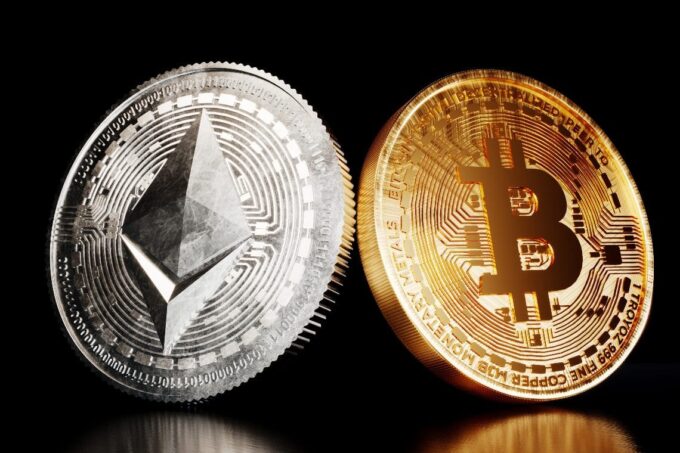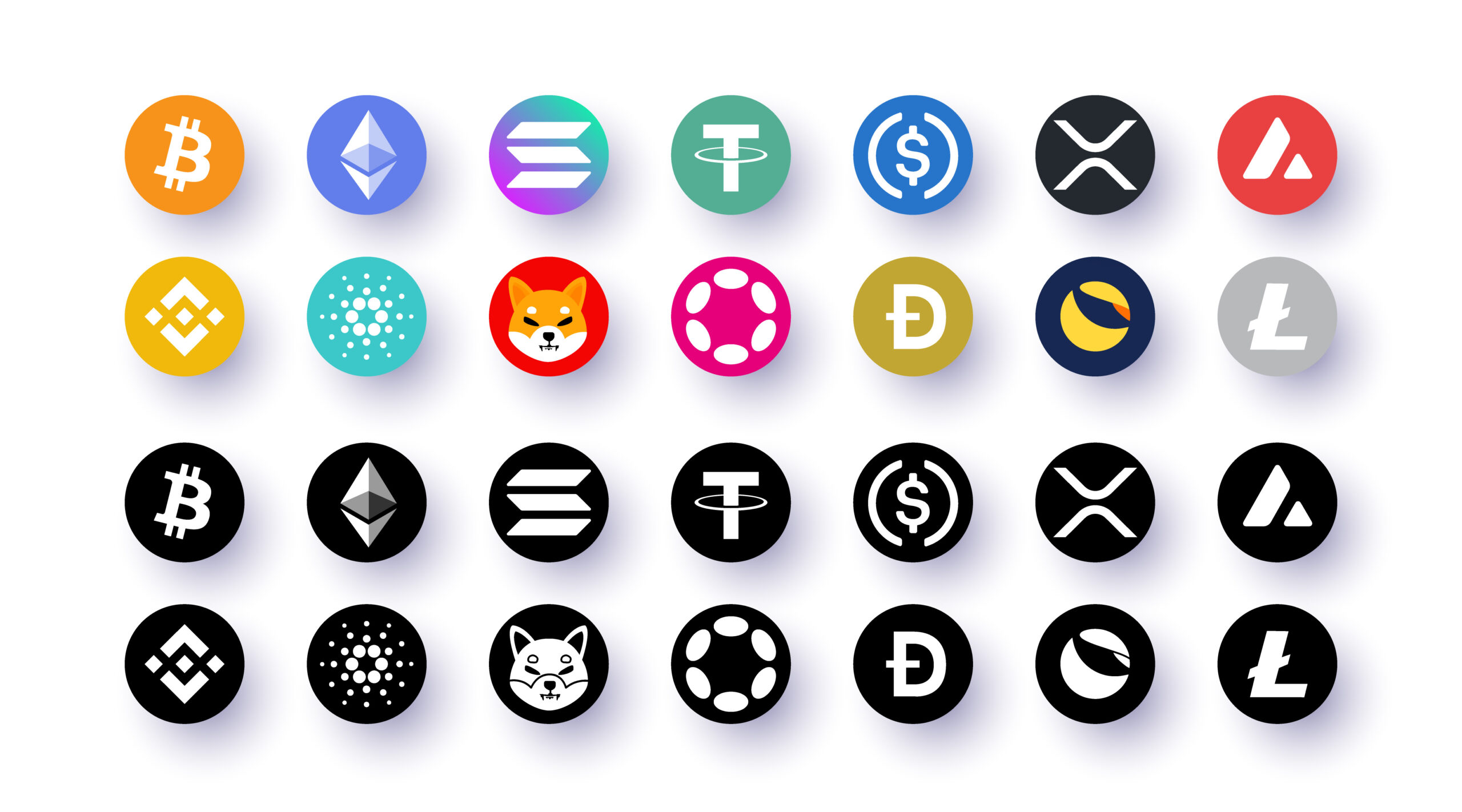If you plan to invest in crypto trading, you might wonder what makes digital currencies valuable, considering their notorious volatility. It’s common for them to increase or decrease in price by 5% or more on any given day. Altcoins often have even wider price swings.
This article provides the necessary information to understand what makes digital coins valuable and why their prices sometimes swing violently in a short time.
Before reviewing the factors that impact the crypto’s value, let’s understand what it actually is.
No central authority backs crypto coins in the same fashion as traditional currencies. Government backing increases the public’s faith in the value of a currency and encourages them to spend and collect it. But because digital tokens are generally decentralised, other factors give them value.
The coin’s utility
For a cryptocurrency to be valuable, its developers must enhance its utility. They are a manifestation of employing a decentralised digital ledger (blockchain technology), so they can increase their utility if they are usable within the blockchain setting.
To help you understand how it functions, let’s have a look at the example of Bitcoin; you can start using Bitcoin platforms only if you have BTC. Bitcoin is a coin specifically created to run transactions within its native blockchain platform; therefore, its value depends on the demand for Bitcoin platform services.
Other factors that impact the coin’s utility are the voting rights, modes of exchange within the blockchain universe, and payments of dividends.
Scarcity of digital coins

The scarcity of a digital currency refers to its finite nature. In an ideal crypto world, the demand for cryptocurrencies should exceed the supply of cryptocurrencies. But we all know we’re not living in a perfect world.
We’ll retake Bitcoin’s example, as it’s the most famous digital currency. Everyone knows that there are only 21 million coins, and the more are mined and introduced into circulation, the demand spikes, causing Bitcoin’s value to soar higher. Some cryptocurrencies rely on a burning mechanism that destroys a part of the coin supply, making the coins scarcer and increasing their value.
Project’s value
The project’s value and viability also impact a cryptocurrency’s price. Now you may wonder how does a crypto project become more viable? A project that overcomes one milestone after another user-friendly employing software or through lucrative partnerships becomes more feasible in the market. If a project generates positive chatter, the crypto value increases.
Supply and demand
Cryptocurrencies’ value is determined by supply and demand, similar to other assets people want. When the demand increases faster than the supply, the price spikes. Digital tokens gain value when the demand is greater than the supply. You’ll have no issue identifying the supply mechanism of a cryptocurrency because all cryptocurrencies are transparent about their minting and burning plans.

For example, the bitcoin price is high because it has a maximum supply. But other digital tokens like Ether have no cap on their supply, so their prices are lower than those with a known limited supply. However, some digital currencies also have the burning mechanism mentioned above, preventing the circulating supply from growing too large. A burnt token is sent to an unrecoverable address on the blockchain.
Each crypto has a unique monetary policy. For example, Bitcoin supply increases by an established amount with each block mined on the blockchain. Ethereum rewards the user for every block mined and pays out for uncle blocks. Also, if more decentralised finance projects are launched on the Ethereum blockchain, the demand for Ether will most likely increase because the token is required to complete transactions.
Cost of production
New digital currencies are produced through a process called mining. A computer is used in the process to authenticate the next block on the blockchain. The decentralised network of miners powers cryptocurrencies. The miners receive a reward in the form of digital coins, together with the fees the exchanging parties pay them. Computing power is necessary to verify the blockchain, and miners must use top-rated equipment and high amounts of electricity to mine cryptocurrency. In the proof-of-work system used by Bitcoin, it’s challenging to mine the cryptocurrency due to the increased competition. Miners compete against each other to solve the complex math problems required to verify blocks. Therefore, the process costs more as powerful equipment is required to mine crypto successfully. As the cost of the mining process increases, so does the cryptocurrency’s value. No one mines a currency if there’s no reward associated with it.
Competition

As an enthusiastic crypto trader, you most likely know there are thousands of digital tokens available on the market, and new projects are launching daily. Even if new cryptocurrencies are introduced daily on the market, developing a viable digital coin that gains a network of users is challenging. When competitive cryptocurrencies gain momentum, they take value from the other digital assets and send the incumbent’s price down, so the new token’s price could increase.
You can buy meme coins, altcoins, soccer team coins, celebrity coins, and many others. However, not all of them are valuable in the long run, and you must identify the projects with the greatest shot of thriving.
Node count
The node count reveals how many active wallets exist in a crypto network. Everyone can access this piece of information because all currencies have it displayed on their official websites. A google search would also provide the number. The node count shows how strong the community is around a cryptocurrency. If it has a high node count, it shows a strong community, so it’ll most likely overcome a potential crisis. An increased node count also tells you that the network is strong and decentralised, essential factors when trading crypto.
Bottom line

The market has shown over the last few years that cryptocurrency values are quite volatile. The above factors are only some of the many that impact digital tokens’ prices, so ensure you don’t invest more than you’re comfortable losing.









